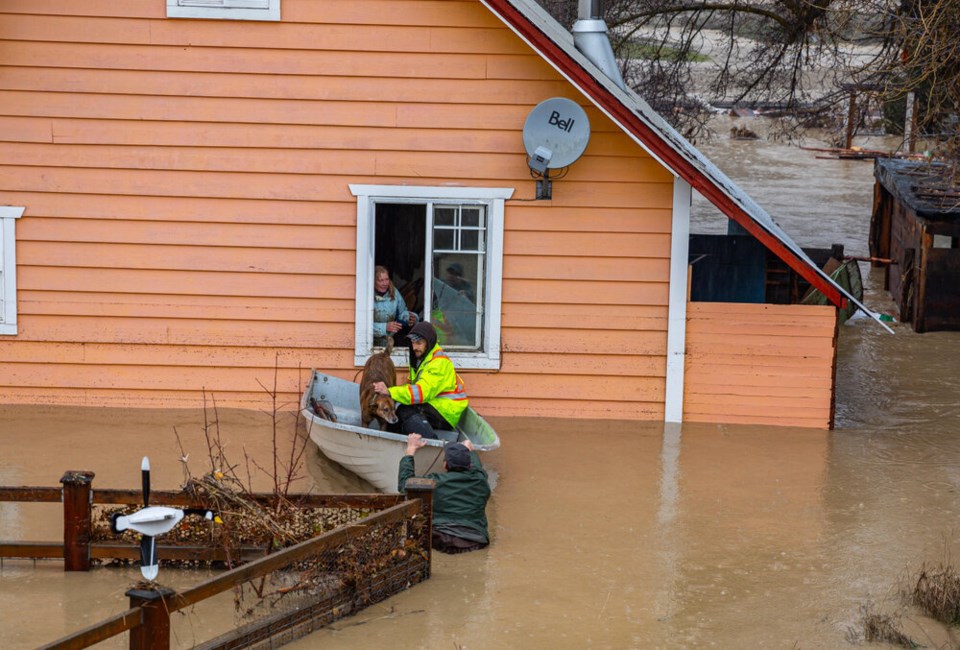The flooding that sank several B.C. communities underwater last month is now estimated to have caused $450 million in insurable damage, making it the most costly weather event in the province’s history, says the Insurance Bureau of Canada (IBC).
The record bill comes nowhere close to capturing the full damage to people’s homes and businesses. The B.C. government has yet to tally the full cost of both disaster assistance relief and repairs to damaged infrastructure.
Part of the reason that government bill is expected to stretch into the hundreds of millions, if not billions of dollars, is because only roughly half of British Columbians are covered by flood insurance. In high-risk areas, like Abbotsford’s Sumas Prairie or parts of Merritt, flood insurance simply wasn’t available.
“This is a fraction of the total cost,” says Aaron Sutherland, IBC’s vice-president for Canada’s Pacific region.
“If you lived in these areas that have been impacted by these floods, insurance for your home would have been… either very expensive or the insurers just simply don't offer it because they can't make it affordable.”
Sutherland says IBC does not yet have a grasp on what proportion of homes and businesses impacted by November’s flooding had insurance, but so far roughly 6,000 homes have filed claims.
That comes nowhere near the $4 billion (adjusted for inflation) claimed in the wake of the 2016 Fort McMurray wildfire; to date, it's Canada’s most costly insurance payout due to natural disaster. But because fire is always covered in insurance policies and flood damage requires homeowners to opt in, the full cost of B.C.’s flooding could be much higher.
Sutherland says 90 per cent of B.C. homeowners with insurance pay no more than $300 per year. It’s the remaining 10 per cent, who live in places expected to flood every 10 or 20 years, that face massive insurance premiums. And as climate change makes the risk of flood more likely, those costs are only expected to climb.
Every year, the insurance industry pays out roughly $40 billion across Canada, of which $6 billion is payed out in B.C. That’s still nowhere near a breaking point, says Sutherland.
The growing sense of urgency rests with home and business owners who can’t foot the rising cost of premiums. To that end, IBC is part of a federal, provincial and territorial task force looking to create a low-cost residential flood insurance program for those highest at risk.
At the same time, Sutherland says more needs to be done to protect communities from the effects of climate change in the first place — whether from wildfire or floodwaters.
“Insurance is just one piece of what is a much bigger challenge we’re facing,” he says. “The impact it’s having on people living and working in these areas, you can’t quantify that with a dollar value.”




